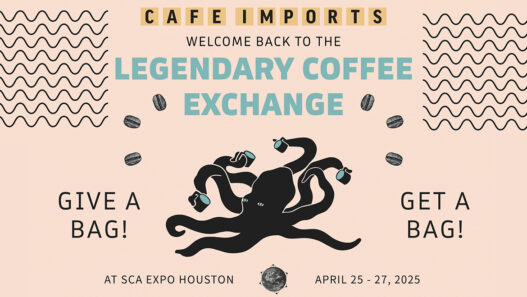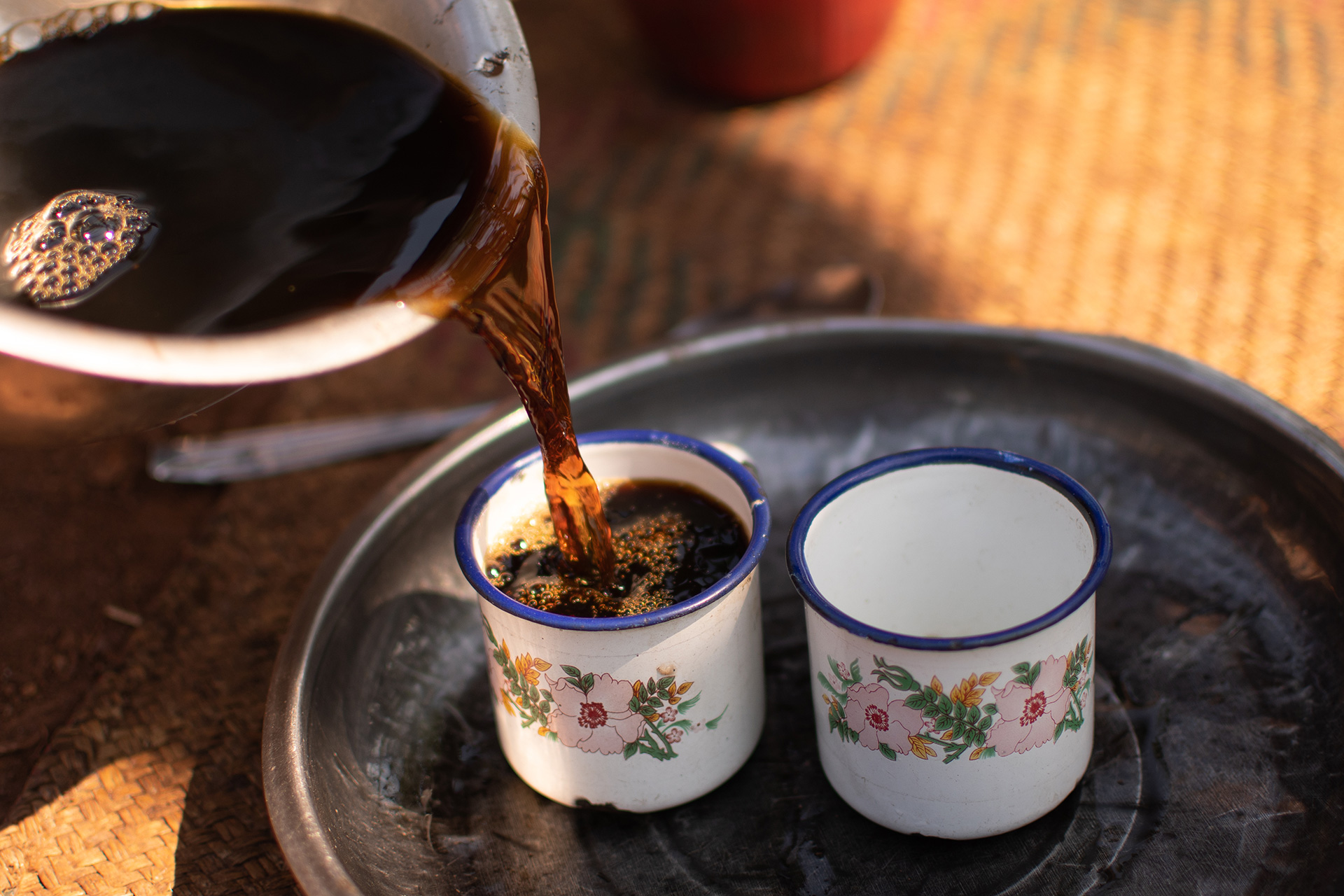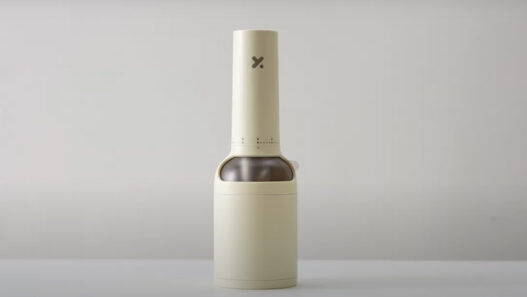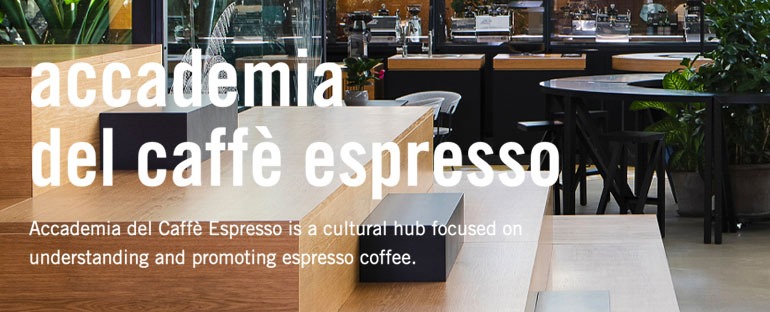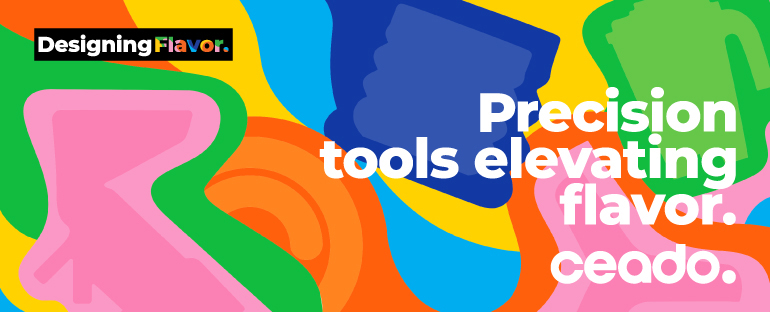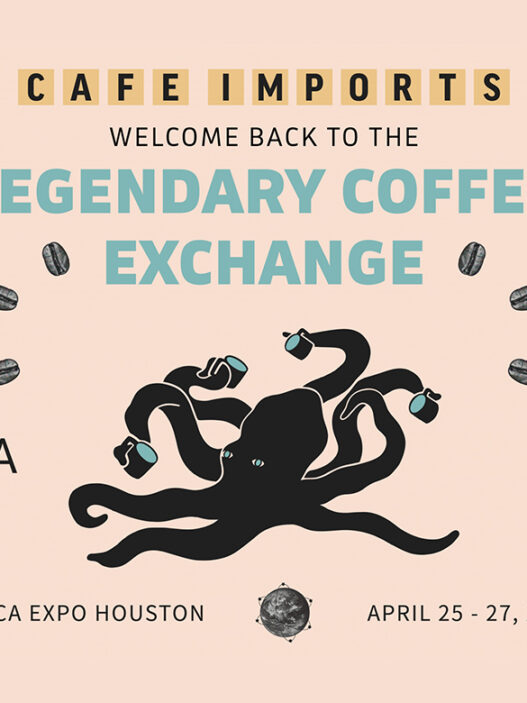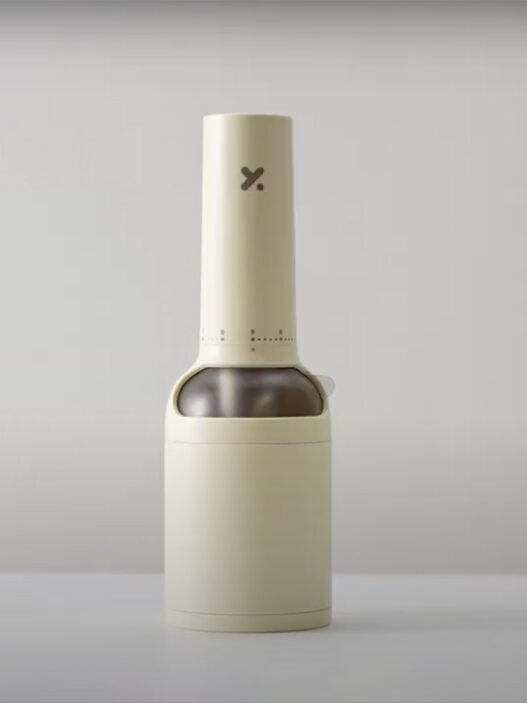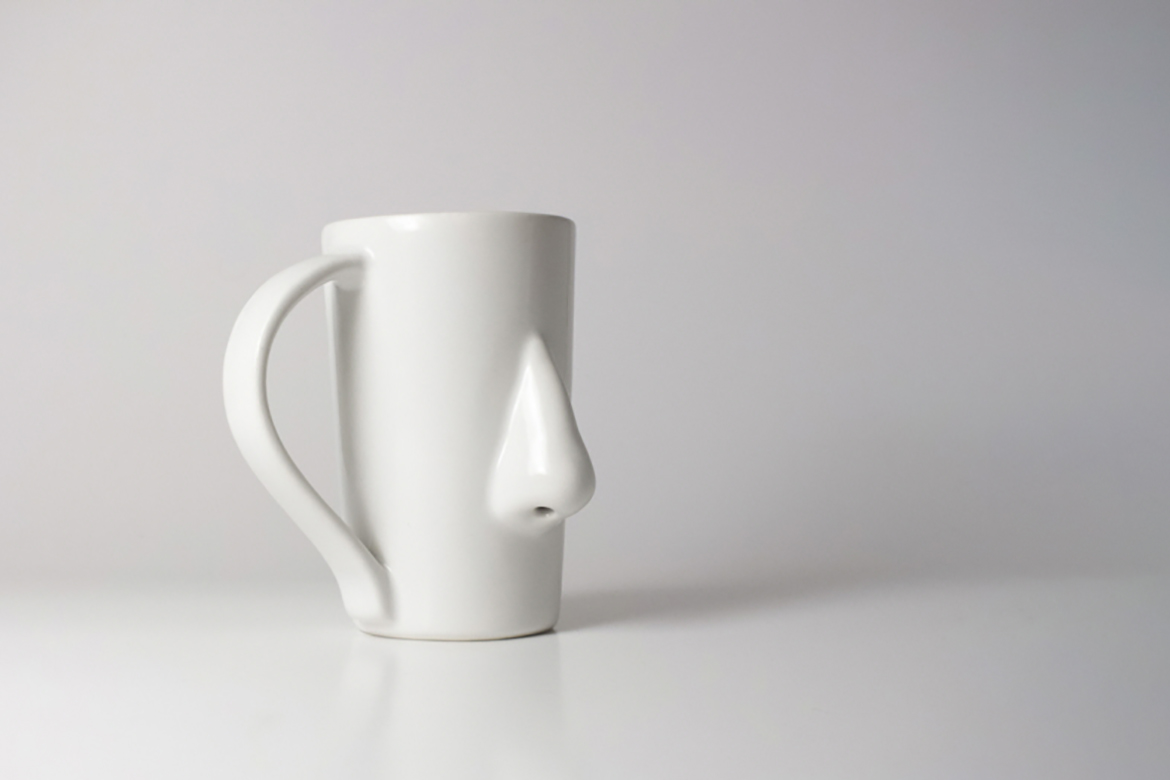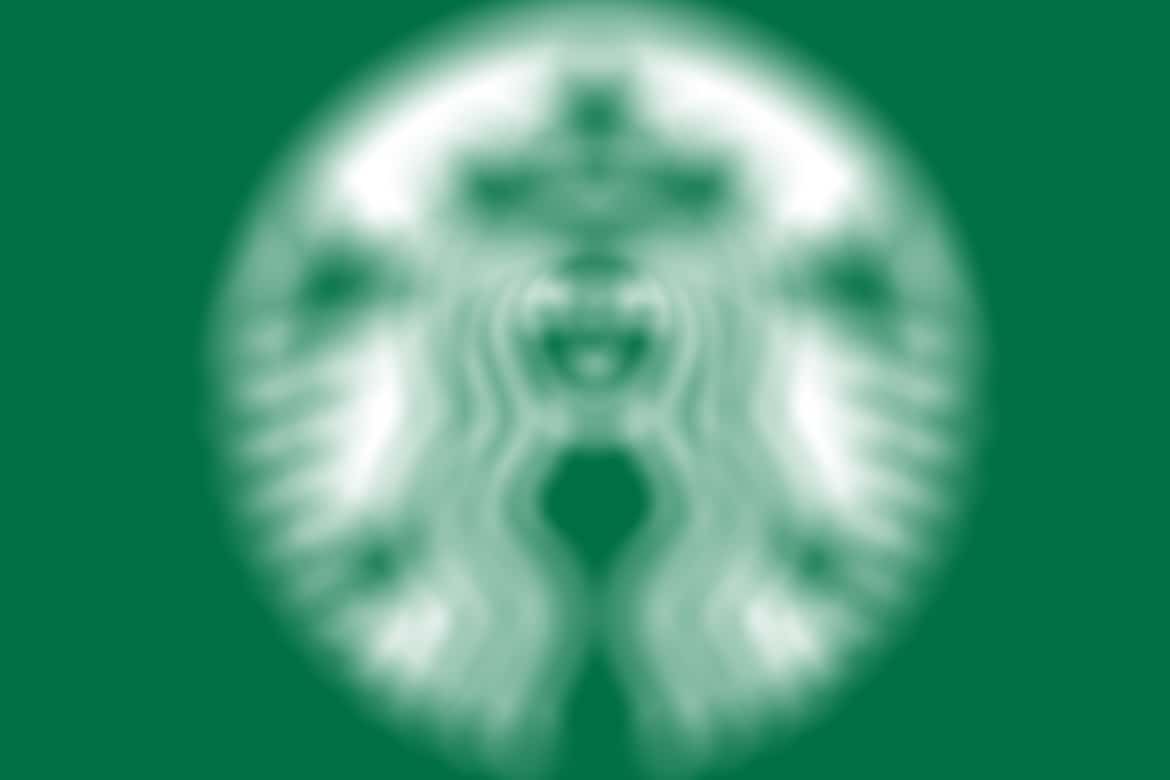
It has been exactly 312 days since we put out a request for Starbucks to release a transparency report to show what they are paying producers for their coffee. The impetus for this published ask was the coffee giant’s announcement of a $20 million relief fund to help smallholder farmers negatively impacted by the immorally low C-market coffee price, which Starbucks senior VP of Global Coffee and Tea Michelle Burns said at the time “cannot be ignored.” Burns went on to say it was the company’s “role and responsibility” to aid these farmers until “until the coffee market self-corrects and rises above the cost of production.”
We strongly agree! And without context, $20 million to struggling farmers sounds great, but to truly understand its impact, we wanted to know how much these producers were being paid to begin with. If, for instance, Starbucks was using the C-market as a starting point in their price structuring—even with some per-pound bonuses tacked on—and paying the farmers they worked with below the cost of production (to say nothing of an actual livable wage), then the $20 million initiative is really just a marketing campaign selling a story of “helping farmers” without making any substantive changes that are very much in their power to make.
Now, almost a year later, Starbucks has released a brand new digital traceability tool. That’s traceability, not transparency, words that kind of look and sound the same, but we assure you are not.
Before we get too deep, let’s take a look at what the Starbucks Digital Traceability tool is, or tries to be at least. The new web-based platform allows customers to scan a code on the back of a given bag of coffee to learn more about where it came from. As SVP Burns states in the announcement:
We’ve always known where our coffee comes from as part of C.A.F.E. Practices, our responsible sourcing program, but now, with this tool we have the opportunity to transparently share that information with everyone… Every coffee has a story to tell, and I could not be more excited for people to be more connected to the whole coffee experience, from bean to cup, and meet the many people whose hard work, time and attention makes coffee possible.
To put the traceability tool to the test, we purchased a bag of coffee from a random Starbucks in the Dallas area, a single-origin Guatemala Antigua for a low low price of $13.95 per pound. After scanning the code, we learned that 1) the coffee was from Guatemala, and 2) it was roasted at the Sandy Run roasting plant in South Carolina. These are the only concrete facts about this particular coffee that were offered.
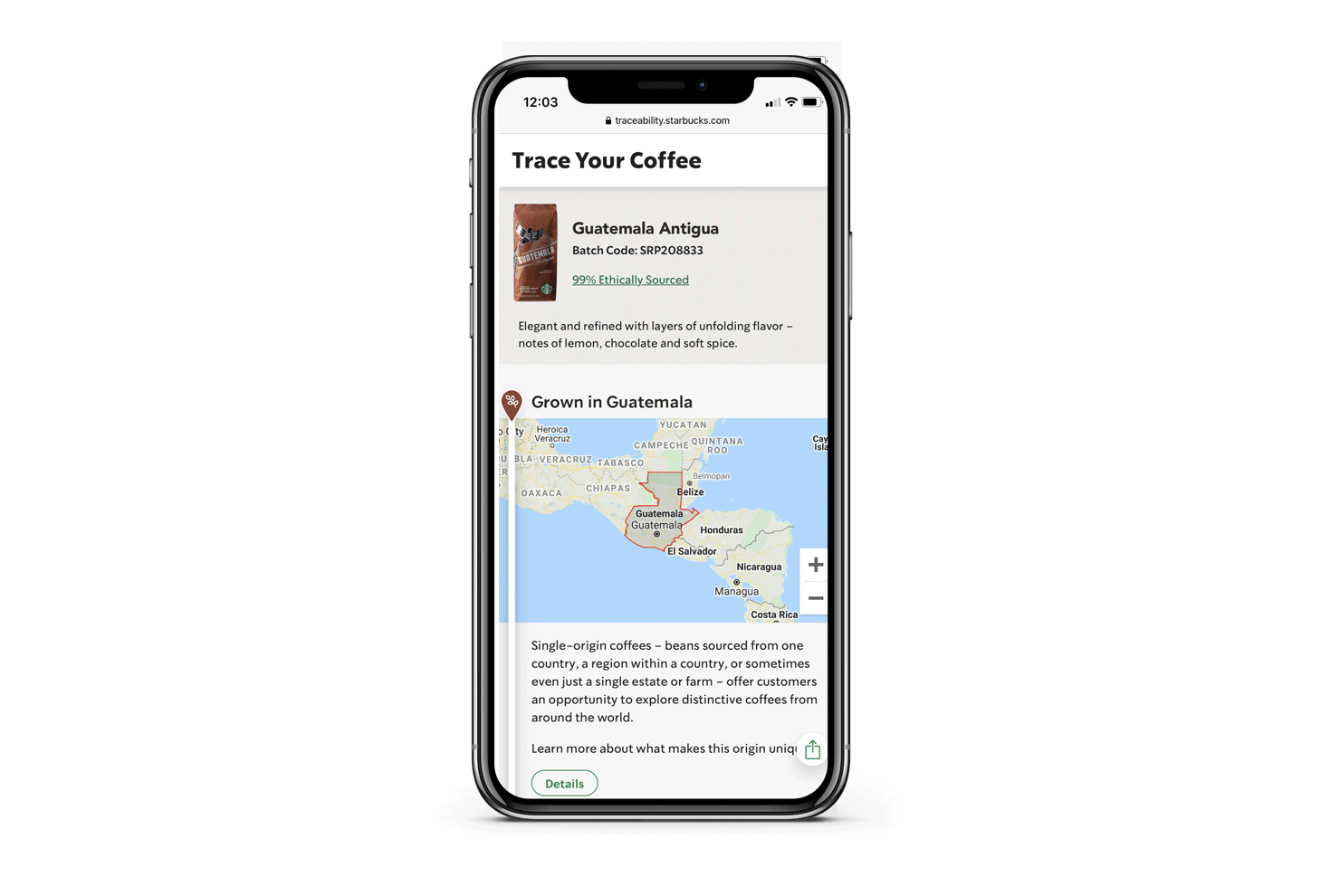
Clicking around a bit further, we did learn that there is a person named Kelly who works at the South Carolina facility along with some other fun facts about the roasting plant. We also learned of Yeraldina, a coffee producer in Guatemala who manages a C.A.F.E. Practices-verified farm. Load the page again and you’ll learn of Mario Antonio and Juan, two other producers in Guatemala. Did either Kelly or Yeraldina or Mario Antonio or Juan or any of the other producers featured have anything to do with the particular bag of coffee we purchased? Who can say. And that’s a problem.
If “every coffee has a story” and your aim is to “transparently share” it, flipping through a Rolodex of questionnaires filled out by Guatemalan producers—regardless of their involvement with the coffee—does the opposite. These producers, their stories and their labor, are only as important as they are interchangeable; their actual connection to the coffee (or lack thereof), the very thing the traceability tool is trying to impress upon the user the importance of, doesn’t matter. After scanning our coffee, we had no more information on where the coffee came from or who produced it, just an ever-refreshing set of producer faces.
This is an impression of transparency. A simulacra of transparency in the guise of traceability while offering neither. It does less than nothing; it vaguely gestures at people adjacent to the production of a specific coffee, and uses them as interchangeable stand-ins, memetic approximations of the real humans behind it.
But that’s not to say we learned nothing. In the “Economic Accountability and Transparency” section—which you can only get to after clicking the “99% ethically sourced” link—it states:
Our suppliers (farmers, producers, exporters) are required to submit evidence of payments made for green coffee throughout the supply chain, including how much was paid directly to farmers for their coffee. This ensures we know which farms we purchase from and how much of the price that we pay for green coffee gets to the farmer.
As you may recall, when we asked last year Starbucks could provide us with a transparency report, we were told that they “unfortunately don’t have that information to share given the large scale of our supply chain and the various kinds of contracts at play.” It’s complicated, they said, far too complicated to explain. And yet here they are, acknowledging they know not only how much they pay for green coffee but exactly how much of it goes to the producers.
So, since Starbucks has now clearly stated—in snazzy app form!—that they know all of this information, we are once again asking Starbucks to show their work and release a transparency report. But this time we’re hoping you’ll help us.
We’ve created a petition asking Starbucks to release a transparency report that we’d like you to consider signing and sharing with your social networks. Transparency reports are increasingly common in the coffee world, so it is not too onerous of an ask to have one of the industry leaders, one prone to making ethical sourcing clams and publicly touting their many farm-level initiatives, to do what other, smaller specialty coffee companies have already done over and over again.
Imagine the impact of Starbucks, purchaser of 3% of the world’s coffee, providing a model for continued success in the coffee world predicated on equitable and livable wages for producers. This is what a transparency report could potentially show, and it would be a game-changer. It would be far more meaningful than this thinly disguised marketing gambit of a traceability app.




